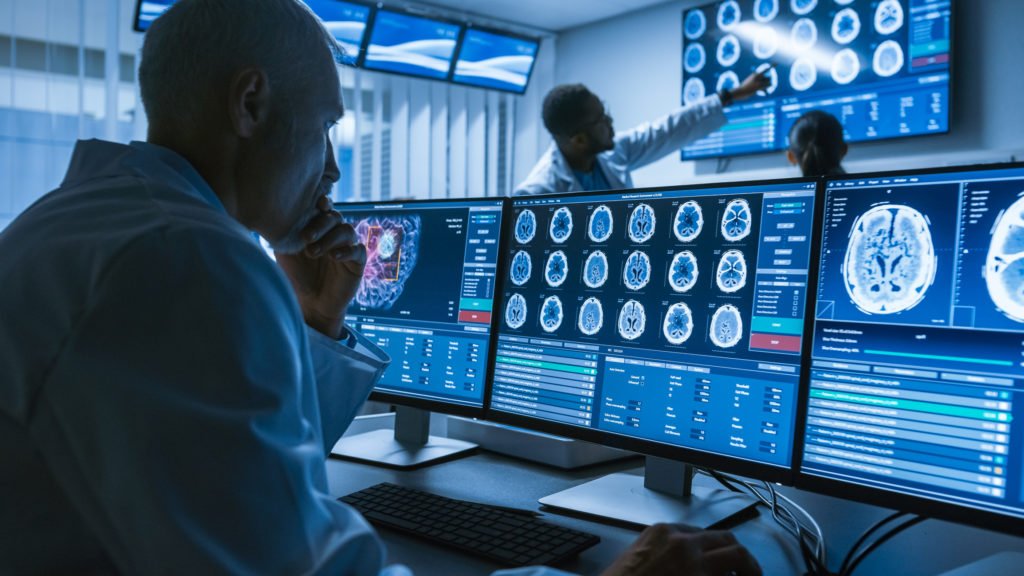Radiology departments have traditionally relied on film-based systems to produce and store medical images. However, with the advent of PACS (Picture Archiving and Communication System), radiologists can now enjoy faster, smarter, and safer image management. This article will explore the benefits of a PACS system for radiology departments.
Faster image management
Faster image management is crucial for healthcare providers as it can significantly impact patient care. The Picture Archiving and Communication System (PACS) is a vital component in the healthcare sector, which enables healthcare professionals to manage medical images efficiently. PACS systems can be slow, resulting in delayed diagnosis and treatment, which can be detrimental to patients’ health. To improve the speed of image management, healthcare providers must first ensure their PACS system is regularly maintained and updated. Additionally, reliable network infrastructure can help reduce latency and improve image transfer speed. Healthcare providers can also consider using compression techniques to reduce the size of images, which can significantly reduce the time it takes to transfer images. By following these steps, healthcare providers can ensure a faster and more efficient image management system, ultimately improving patient care.
– A PACS system allows radiologists to access patient images quickly and easily.
– No more searching for lost films or waiting for them to be developed.
– A PACS system can also improve turnaround times for patient reports.
Smarter image interpretation
A Picture Archiving and Communication System (PACS) are used for managing medical images. The system receives digital images from various imaging modalities such as MRI, CT, and X-ray. The images are then stored and retrieved for diagnostic interpretation. However, interpreting images can be challenging and time-consuming. Fortunately, there are smarter ways to interpret the images with the help of AI algorithms. These algorithms can detect and highlight specific features in the images that may be missed by the human eye. They can also identify patterns in the images that may indicate the presence of a particular disease. With the use of AI, PACS systems can provide more accurate and efficient diagnostic results. It is important for healthcare providers to instruct their staff on the benefits of using AI to interpret medical images, as it can improve patient outcomes and streamline workflow.
– PACS systems enable radiologists to view images in high resolution and manipulate them for better visualization.
– Advanced tools allow them to zoom in on specific areas, adjust brightness and contrast, and perform measurements and annotations.
– PACS systems also allow for remote image interpretation, enabling radiologists to read images from home or other locations.

Safer patient data management
– PACS systems offer secure storage and transmission of patient data.
– Only authorized personnel can view and modify patient data with role-based access control.
– PACS systems also maintain an audit trail of all user activity, ensuring compliance with regulations such as HIPAA.
Conclusion
A PACS system for radiology offers numerous benefits, including faster image management, smarter image interpretation, and safer patient data management. By implementing a PACS system, radiology departments can improve workflow efficiency, enhance diagnostic accuracy, and ensure patient data confidentiality.


